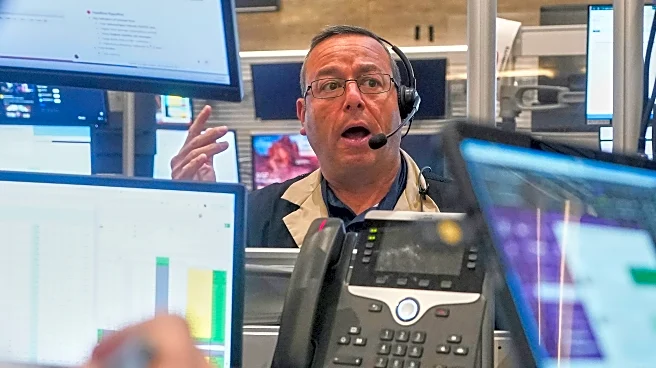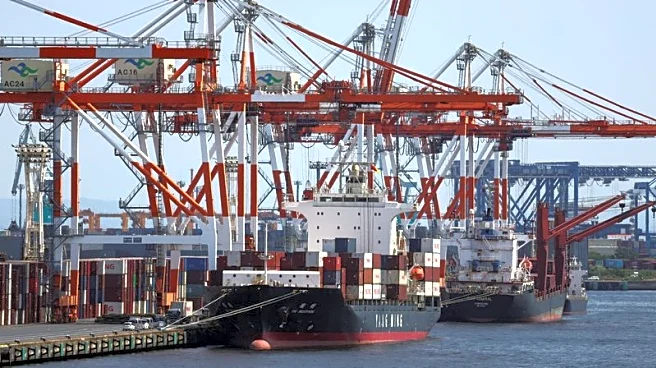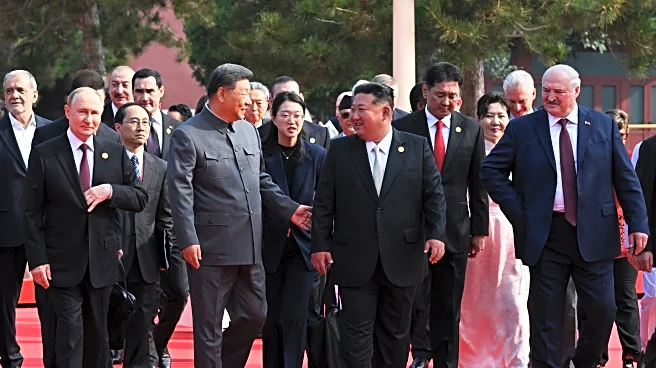What's Happening?
The United Nations World Summit on Teachers, held in Santiago, Chile, has brought attention to a global crisis in recruiting and retaining educators. A report presented at the summit estimates that over 44 million primary and secondary educators will need to be recruited by 2030 to meet demand and replace those leaving the profession. The attrition rate for primary school teachers has nearly doubled globally, from 4.62% in 2015 to over 9% in 2022. Factors contributing to this crisis include low pay, heavy workloads, limited professional development, and a lack of technological training. The U.S. faces additional challenges, with teachers working more hours annually than their counterparts in other U.N. member countries, and experiencing a significant pay gap compared to similarly educated professionals.
Why It's Important?
The shortage of teachers has significant implications for education systems worldwide, including the United States. It affects the quality of education and the ability to prepare students for future challenges. The U.S. may face disadvantages due to its younger teaching force and the higher workload demands on teachers, which can impact retention rates. Addressing these shortages is crucial for maintaining educational standards and ensuring equitable access to quality education. The economic impact is also notable, with UNESCO estimating that recruiting teachers will require $120 billion annually in salaries over the next five years, amidst declining education funding.
What's Next?
Countries are being urged to provide stable financial support and professional training for teachers, including integrating emerging technologies like artificial intelligence. Some nations are already taking steps to address these issues. Australia has implemented programs to reduce student loan debt for teachers and provide financial support during their training. China has increased pay for rural teachers to match civil servant salaries. These initiatives aim to expand the pipeline of new teachers and improve retention, particularly in high-need areas.
Beyond the Headlines
The teacher shortage crisis also highlights broader issues such as the undervaluation of the teaching profession and the need for systemic changes in how educators are supported and recognized. Addressing these challenges requires a multifaceted approach, including policy changes, increased funding, and cultural shifts in the perception of teaching as a profession.













